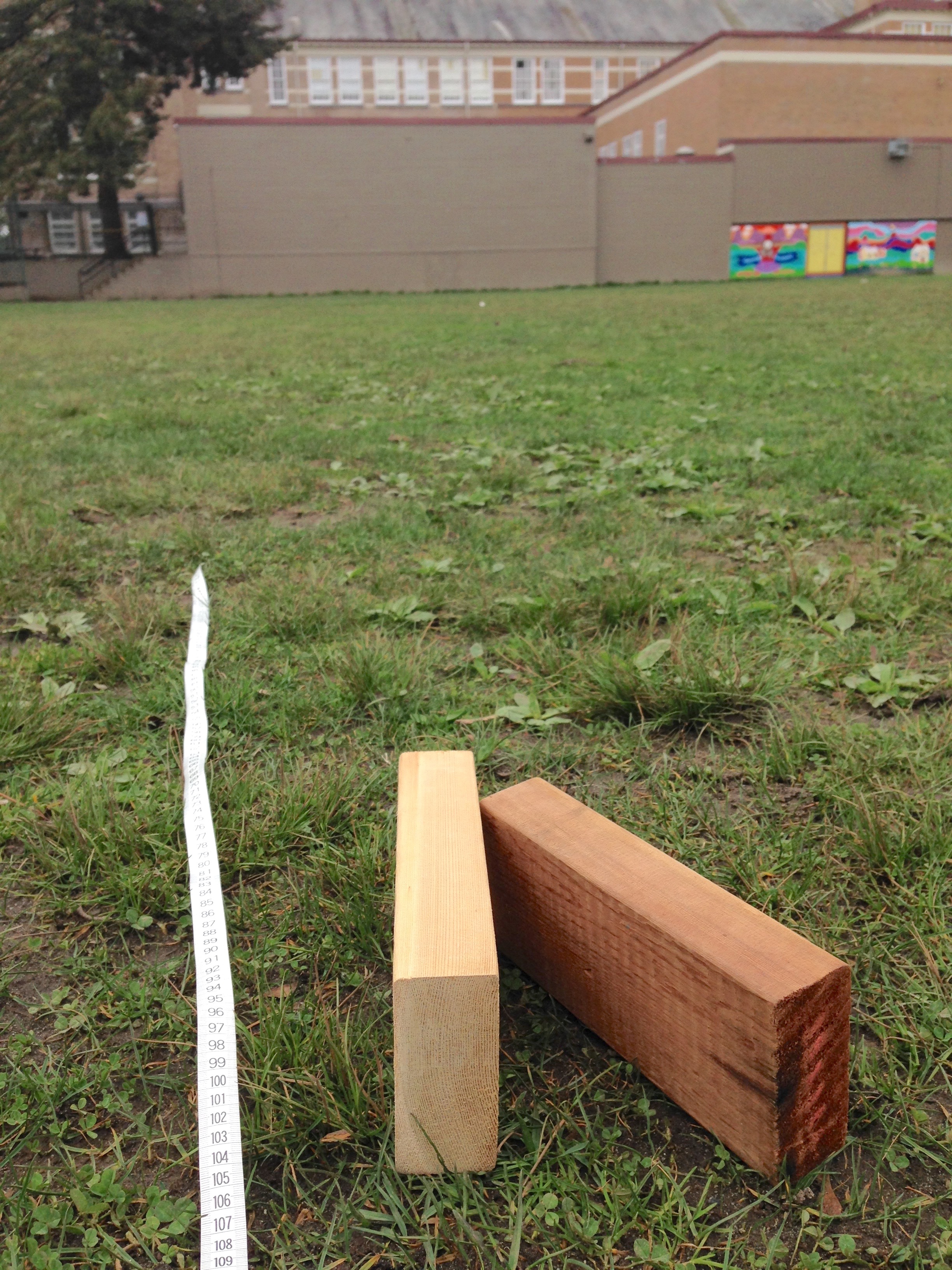
There was a 1.6% error but considering how poorly the measurements were taken, these results are not terrible. The errors implicate that the calculated speed of sound in the room was not exactly what it should have been. Although not by much, atmospheric pressure and humidity affect the speed of sound. For example, the temperature in the room was unknown and for every increase in temperature by 1° C, the speed of sound increases by 0.6 m/s. Other errors could result from not taking the atmospheric conditions into account. Also, it is unknown as to whether the exact "loudest" location was used to calculate the wavelengths and the speed of sound in the room. The procedure to measure the length of the tube (L) was not very accurate the lengths were eyeballed. Measuring errors were very likely to abound in this experiment. There was a calculated 1.6% error assuming the room was 70° F. Individual calculations were varied and indicates a very strong likelihood of error. There were many possible sources of error in this experiment. temperature, atmospheric pressure) in the classroom were not extreme and did not hinder the calculations of the speed of sound in the classroom. These results tell that the classroom temperature was close to a normal room temperature. This lab reinforces that frequency and wavelength are inversely proportional when calculating the speed of waves. This is the collection of the gathered and measured data: Once wavelength was calculated, the velocity was computed by using the formula v = λf where v is velocity and f is frequency. The diameter of the tube used was 0.0375 m. Although, in order to calculate it in this instance the formula is λ = 4(L + 0.3d) where d is the diameter of the tube to account for edge effects.

This means that L = λ/4 and λ = 4L where λ is wavelength and L is the measured length of the exposed tube.

In order to calculate wavelength for the sound waves, it was necessary to know that the sound waves produced in the tube were mixed standing waves and were of the 1st harmonic level of those waves. From this data, the wavelength of the sounds and the velocity of the waves were calculable. Every tuning fork had a different frequency and data was gathered for 7 notes but we completed an octave (the C note on different harmonics). The loudest hum was created when the frequency of the tuning fork resonated with the frequency of the sound waves in the tube. Upon hearing the loudest hum, the distance between the water level and the top of the exposed part of the tube was measured. Listening for a loud hum, the height of the tuning fork and the tube had to be adjusted in order to produce the loudest sound the tuning fork was held very close to the tube. With the tuning fork held above the tube, the mallet would be struck against the tuning fork. A tuning fork was held a bove the exposure of the tube. Then the tube was placed in the water with part of the tube exposed to the air. To complete this lab, the graduated cylinder was mostly filled with water.

The materials for this lab consisted of a graduated cylinder, an open-closed ended tube, water, various tuning forks, and a mallet. It is the dynamic propagation of the sound waves in the elastic medium.The purpose of this lab was to determine what the speed of the sound of air was in the classroom. In Physics, the speed of sound represents the speed of the sound waves. Step 3: Finally, the speed of the sound will be displayed in the output field What is Meant by Speed of Sound?

Step 2: Now click the button “Calculate x” to get the sound speed Step 1: Enter the pressure, density and x for the unknown value in the input field The procedure to use the speed of sound calculator is as follows:
#Speed of sound calculator physics how to
How to Use the Speed of Sound Calculator? CoolGyan’S online speed of sound calculator tool makes the calculation faster and it displays the sound speed in a fraction of seconds.
#Speed of sound calculator physics free
Speed of Sound Calculator is a free online tool that displays the speed of the sound. Formula: Speed of Sound (c) = √ γ × p 0 ρ


 0 kommentar(er)
0 kommentar(er)
